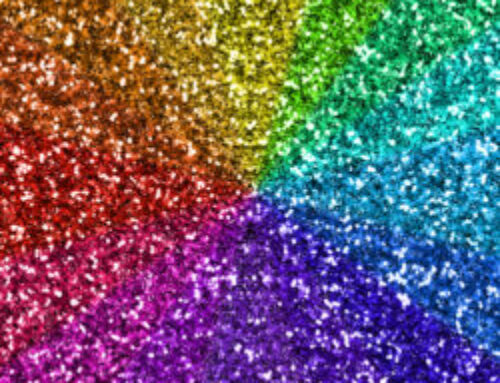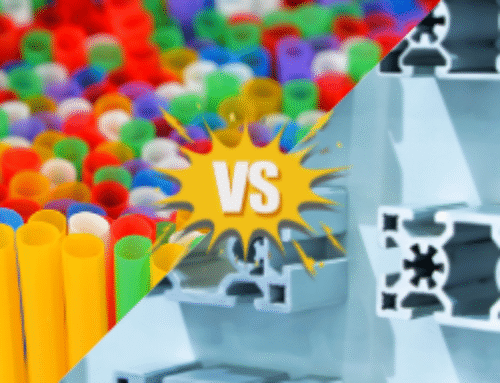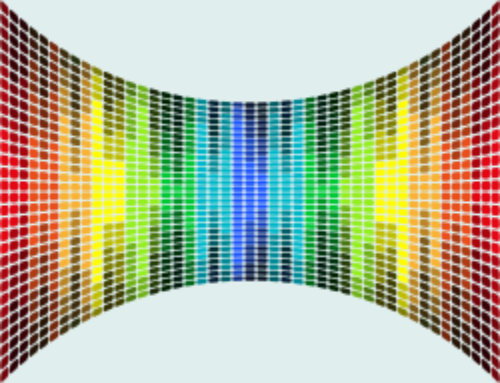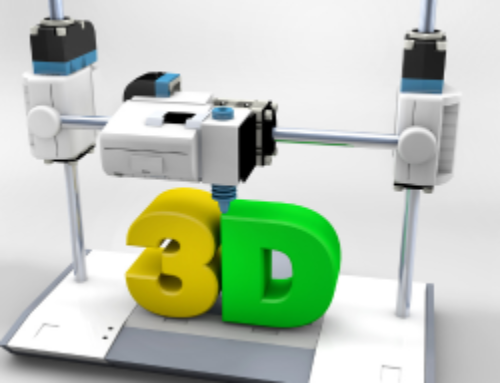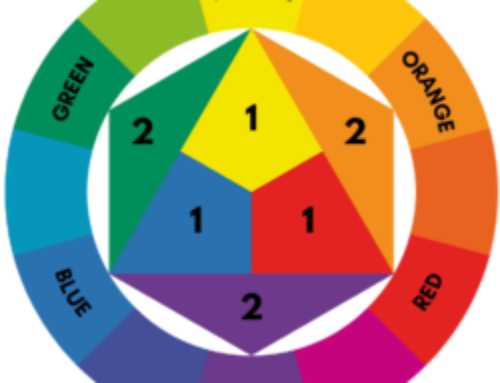What is a “Natural” Resin?
A “natural” resin is simply the base polymer in its uncolored, unfilled state—often translucent, off-white, or slightly amber, depending on the material. This starting point plays a major role in how a final color looks, especially for light or transparent shades.
Why the Base Resin Matters in Color Matching
When developing a color compound, the appearance of the natural resin significantly impacts the final color result. Here’s how:
1. Natural Tint Affects Brightness
If your resin starts off slightly yellow or gray, achieving a bright white, blue, or pink becomes more challenging. More pigment = more cost and higher risk of affecting performance.
2. Opacity Influences Pigment Loading
Translucent resins like PET or LDPE may require higher pigment loading to achieve solid opacity—or specialized pigments to maintain lightfastness without oversaturation.
3. Heat Stability Is Key
Resins like nylon, PET, and polycarbonate can degrade or yellow at high temperatures. Heat-stable pigments and correct processing conditions must be considered during compounding.
4. Moisture = Trouble
Hygroscopic resins (e.g., nylon, PET) must be dried properly before molding—or moisture will affect both color and part quality. Even a perfect lab match can fail if the production resin isn’t dry.
Natural Resins
Polypropylene (PP)
Polyethylene (PE – HDPE, LDPE, LLDPE)
Nylon (PA6, PA66)
ABS (Acrylonitrile Butadiene Styrene)
PET (Polyethylene Terephthalate)
Polycarbonate (PC)
Common Pitfalls to Avoid:
-
Approving color in chip or swatch form only – Always request a sample plaque molded in your specific resin.
-
Assuming resin appearance is uniform across suppliers – Different grades of “natural” resin may look or behave differently.
-
Skipping drying in production – Moisture alters color and finish, especially in clear or bright parts.
-
Underestimating crystallinity – Especially in PET, high vs. low crystallinity can significantly alter perceived color.
Pro Tip:
Match Color to Your Process, Not Just Your Target
This minimizes surprises, eliminates rework, and gives you what you actually want: color that performs as promised.

